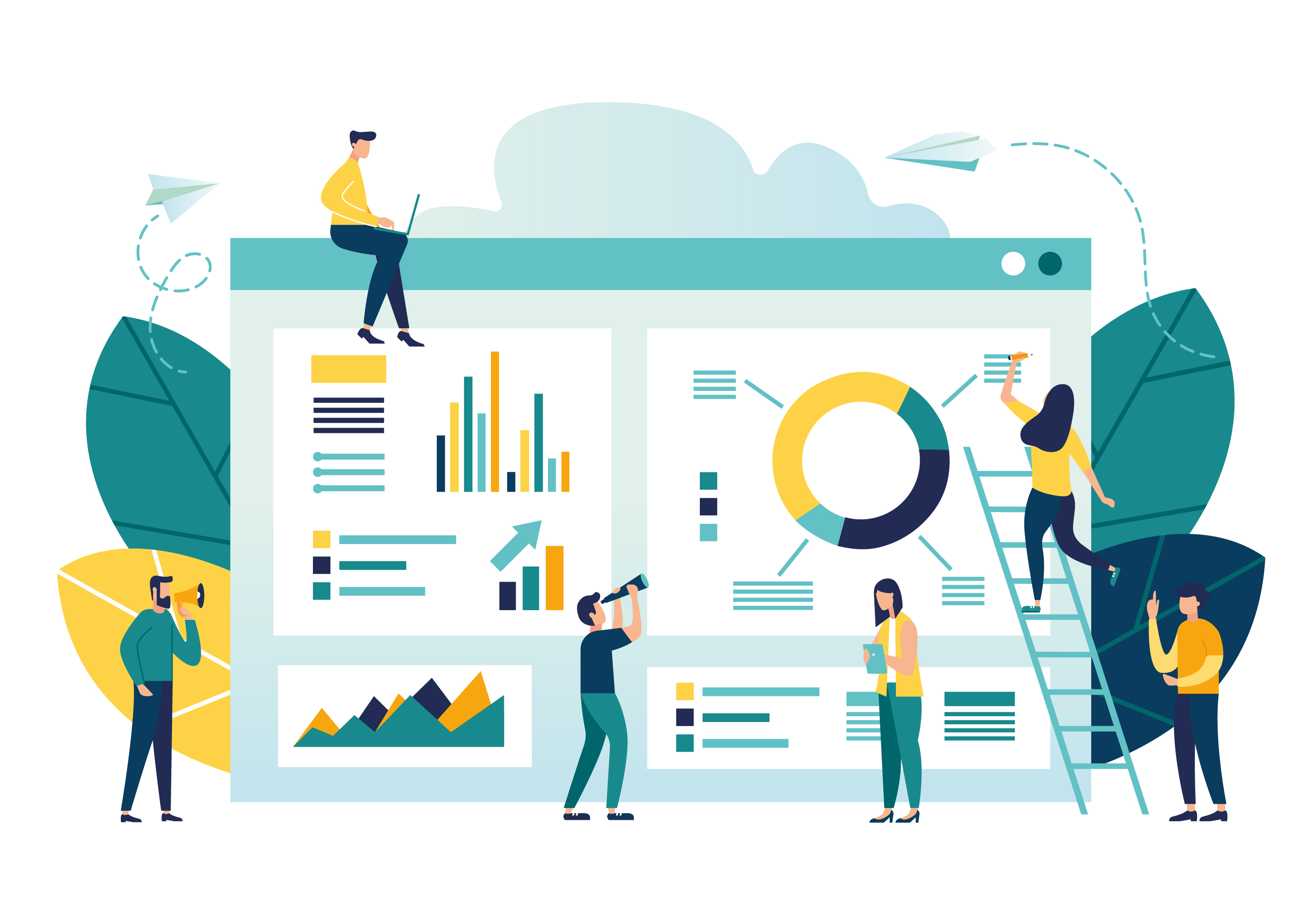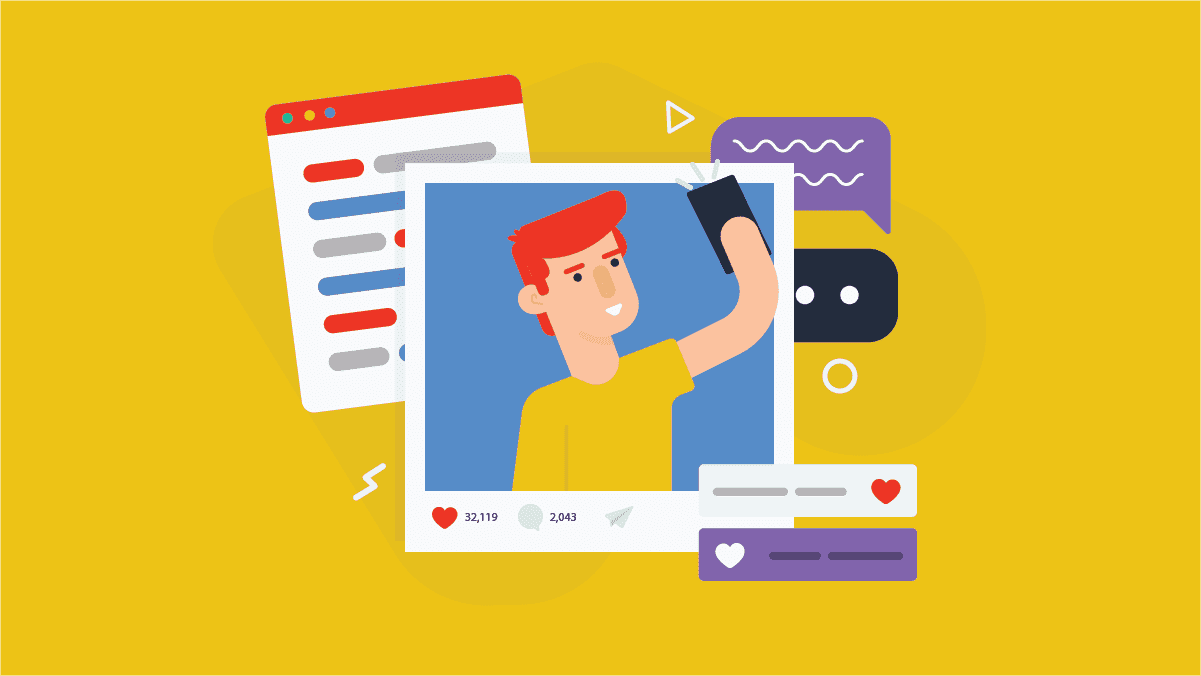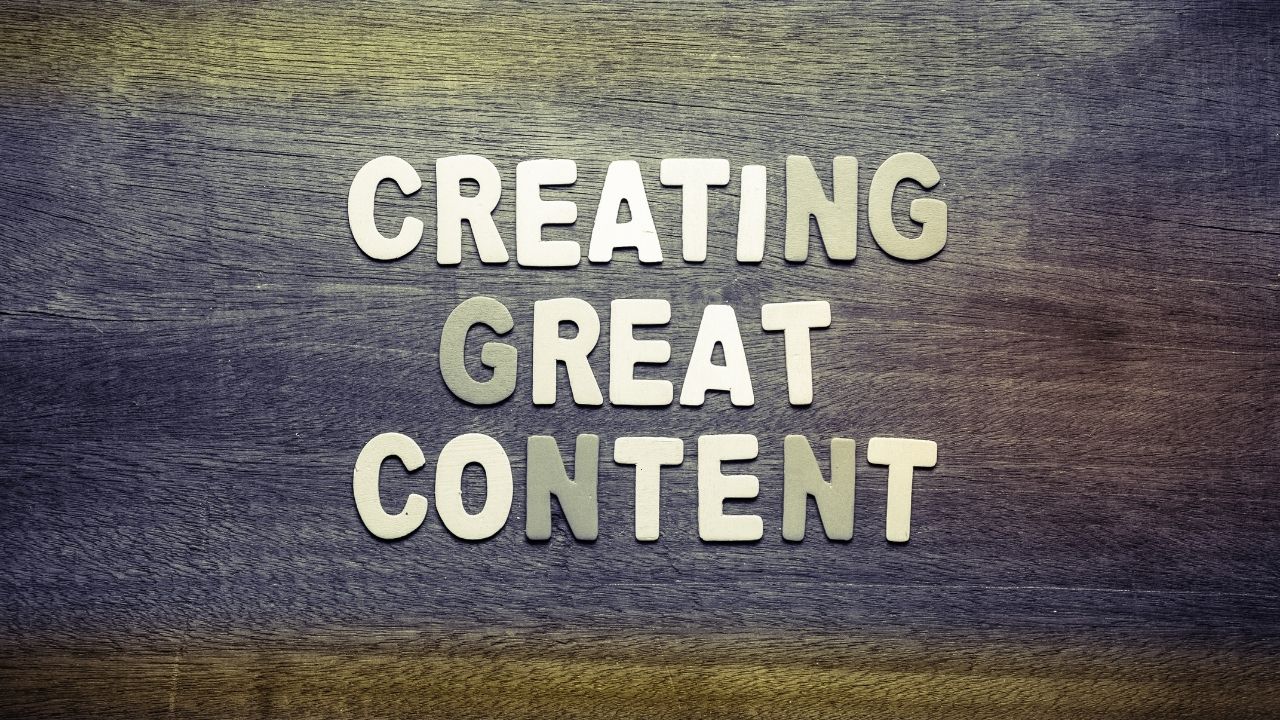
To understand how Facebook pixel works and how it functions, you will need to learn how to run Facebook ads. Installing the pixel code is necessary before you can start running Facebook ads. The pixel contains two pieces of code, the base and event codes. The base code monitors traffic to your website. While the event codes track specific actions. We'll go over the basics and show you how to get started with Facebook ads.
Image ads
There are many things you can do to improve the success rate of your Facebook images ads. The 20% rule is one way to increase the success of your Facebook image ads. This rule states that text shouldn't take up more than 20%. Your ad will be rejected if it contains more text than 20%. This can be problematic if your ad isn't relevant enough. These tips will help increase the effectiveness for your Facebook image ads.
Include a logo with relevant text. You should not cover more than 20% of your image with text. Highlight the advantages of your product or services to make it stand out. Make a video and promote your business. Although videos are costly to produce, they can prove effective if the video is accompanied by an image ad. You can even use stock photos and music to create a custom slideshow video.
Audience network
You can now monetize your Facebook ads by using Audience Network. You can place an ad on Facebook if you own an app or website. Marketers love in-stream video ads. Interstitial ads can be placed in game apps. Signing up to an Audience Network Account is the first step towards monetizing Facebook ads. This will enable you to personalize the ads you wish Facebook to show.
Publishers now have the ability to monetize Facebook ads through this network, as Facebook's program grows. Facebook's Audience Network accounts for 6% of mobile app usage, while Twitter and Snapchat are each responsible for 3%. Facebook's ad network is growing rapidly, but the company has also made some difficult changes. The company has reduced the amount of ads that can now be clicked. Facebook used heat maps to identify the areas where accidental clicks were hurting its advertising revenues. The publisher community protested, but Facebook finally persuaded them that they would offer more meaningful content in return to a better click through rate.
Audiences feature

The Audiences feature of Facebook ads enables you to target your audience. Facebook has a database of all Facebook users, and it can help you target your ad to those who are likely to be interested in your products or services. There are three types available: core audiences; custom audiences; and lookalike audience. It is possible to retarget customers and website visitors using custom audiences. Facebook matches your contact list with relevant users in order to create targeted audiences for your ads.
You must know specific information about your target audience before you can create custom audiences. These lists should be created using information about specific pages or products. Then, you can target your ads to these people. For custom audiences, you could also use data from your website and apps. However, it is important to remember that the more specific and detailed you are with your audience, you will get better results. Make sure you take your time, and make a list that is based on the interests of each person.
Automated rules
Automated Rules is an option that could help you optimize Facebook ads. You can combine multiple conditions into one ad-campaign to create advanced automation. You can disable ads that run more than three days before your target date or have higher CPAs that you don't expect. This same rule applies to time periods of three to seven days.

Ad sets can have many different conditions. For example, you can specify the time and day of the attribution period. You can also choose whether you wish to receive notification about the results of the rule. You have the option to get notifications via email or Facebook. You can also add names to receive notifications, such as team members. You can create multiple rules at once, and pick which ones will apply to specific audiences.
FAQ
What length should my content marketing last?
It all depends on what your goals are. Some businesses are looking for short-term results; others are looking for long-term growth. We recommend three months of consistent content generation and then reevaluating the process after that period.
What are some of the benefits of content-marketing?
Content marketing helps drive leads and sales by creating high-quality content. Content marketing also provides a steady stream of fresh, original content that can be used to promote products and services. Content marketing is a great way to increase brand awareness and trust among potential customers. Finally, content marketing creates a positive image for your company.
How does content marketing work?
Your site is visited by someone who is looking for something. If they find what they need, great! They'll go elsewhere if they don't find what they need. Content marketing helps you provide useful and valuable information that answers questions and solves problems. This content can be used across all platforms (social media and email). You can use this content across all platforms (social media, email, etc.) so that people always have access.
How easy is content marketing to measure?
Yes! It's part of the process. This allows you to evaluate whether your efforts were successful, and if you need changes.
You can track how many visitors came from various sources--including organic search, email, social media, paid to advertise, and more--and track conversions like sales leads and purchases.
These metrics can tell you which pieces of content performed well and where your most significant opportunities lie.
Do I need an agency for Content Marketing?
No! You can create high-quality content with many tools online. A premium price is also a common charge for agencies.
Is a Content Marketing Strategy right for me?
If you already know the message you are trying to convey, then a Content Marketing Strategy may be right for you.
Here are some questions to ask to get you started.
Do I need my business to communicate something particular? Or am I looking to create content that resonates across a range of audiences?
Are you more focused on generating leads, or converting visitors to buyers?
Am I trying to promote one product or multiple products?
Am I interested in reaching people outside of my industry?
A Content Marketing strategy is what you need if you answered "yes" any of these questions.
Statistics
- Content marketing produces 3X more leads per dollar spent. Content marketing costs 62% less than traditional marketing. (criteo.com)
- Companies that use content marketing see approximately 30% higher growth rates than businesses not using it. (mailchimp.com)
- Measure your goals with a progress indicator of 0-100%. Make your goals collaborative and transparent (semrush.com)
- According to our research, 65% of companies with very successful content marketing in 2021 ran content audits at least twice a year. (semrush.com)
- According to the Content Marketing Institute, 70% of B2B marketers and 86% of B2C marketers surveyed use content marketing in some form or other. (criteo.com)
- This marketing strategy landed Ford a 15.4% conversion rate. (neilpatel.com)
- An example of an overarching goal could be: "In 2022, we want to achieve a 20% increase in revenue created by organic content and generate 15,000 MQLs with a budget of $30,000." (semrush.com)
- We found that 40% of businesses don't have a documented strategy yet. (semrush.com)
External Links
How To
How can you create a content marketing strategy for your business?
First, you need to understand what type of content you are going to create for clients. Once this is defined, it's time to start creating content. This could involve creating an editorial schedule and planning where these pieces are going to come from. Content should always serve a purpose. It doesn't really matter what content you're using, whether it's blog posts or social media updates. But they all should have a single purpose.
Once you determine which type of content you want to produce, then it's essential to find out who your target market is. Who are they looking for? And why should they care?
Next, identify your target market and find ways to connect with them. You can connect with people through social media, but there are other options available, including podcasts, videos, and webinars.
After you have determined how you will communicate with the market, the next step to take is to determine what topics and types content you want. This will help you to understand why you are writing the content. What problem does the content solve? Is it useful? Do they think it will make their lives more easy?
Now that you know what kind of content you write, it's time to figure out what you want to say. Is it possible to share information related to your industry? On current events? Are you focused on specific products or services The answer to this question defines your focus.
Now it's time for you to merge everything together after you have answered the questions.
Every piece of content that you create must be useful. You don't want anyone to waste their time and energy so make sure you build quality into all aspects of your content.
You must remember that a content marketing strategy of great quality has many parts.